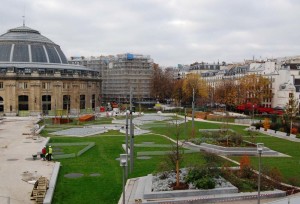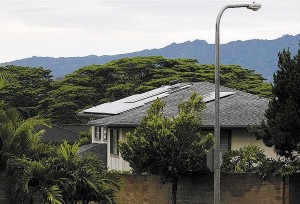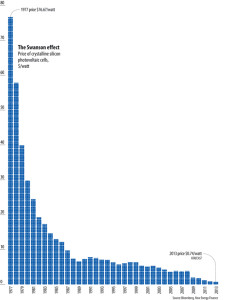by INDIRA NAIDOO, The Sydney Morning Herald, December 29, 2013
The Big Apple’s hotels are sprouting gardens.

Crosby St Hotel chef Anthony Paris checks the chooks
Source: www.firmdalehotels.com
You know the grow-your-own movement has crossed over into the mainstream when some of New York’s hottest hotels start growing vegies on their roofs.
More than 20 Manhattan hotels now have productive rooftop vegetable gardens. Some have their own beehives producing honey – and some even have chickens laying eggs.
So why give vegie patches million-dollar views in a city where real estate is at a premium?
The trend is two-fold: travellers are expecting more organic, seasonal and local ingredients on hotel menus. And when a hotel guest wants to know the provenance of the food, it doesn’t get any more local than this. Rooftop herbs and vegetables aren’t bruised by transportation and storage, and retain more of their nutrients. And the hotels limit their carbon footprint.
There are financial benefits as well. Green roofs reduce heating and cooling cost for large buildings and mitigate against rain and stormwater damage.
Here’s a look at four New York hotels with impressive gardens.



